Introduction #
The Concrete Crack Segmentation Dataset comprises 458 high-resolution images accompanied by corresponding alpha maps in black and white, which signify the presence of cracks. The dataset’s semantic segmentation ground truth involves two distinct classes for binary pixel-wise classification. These images were captured in diverse buildings situated at the Middle East Technical University.
Summary #
Concrete Crack Segmentation Dataset is a dataset for instance segmentation, semantic segmentation, and object detection tasks. Possible applications of the dataset could be in the construction industry. The dataset presented here is not the original one. Learn more on the dataset’s homepage.
The dataset consists of 458 images with 1010 labeled objects belonging to 1 single class (crack).
Images in the Concrete Crack Segmentation dataset have pixel-level instance segmentation annotations. Due to the nature of the instance segmentation task, it can be automatically transformed into a semantic segmentation (only one mask for every class) or object detection (bounding boxes for every object) tasks. All images are labeled (i.e. with annotations). There are no pre-defined train/val/test splits in the dataset. The dataset was released in 2019 by the Orta Dogu Teknik Universitesi.

Explore #
Concrete Crack Segmentation dataset has 458 images. Click on one of the examples below or open "Explore" tool anytime you need to view dataset images with annotations. This tool has extended visualization capabilities like zoom, translation, objects table, custom filters and more. Hover the mouse over the images to hide or show annotations.
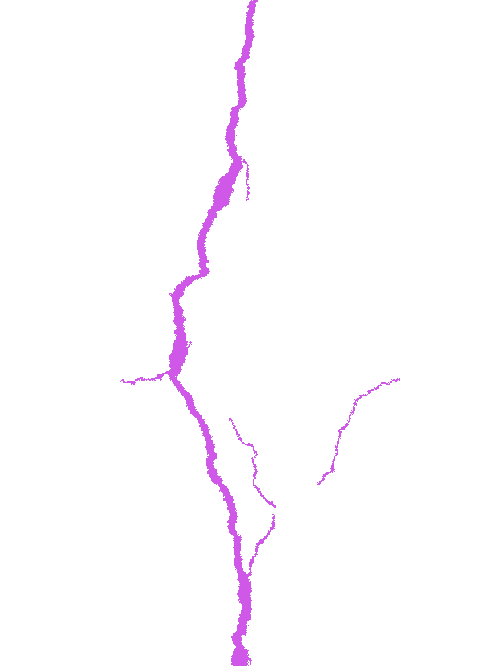
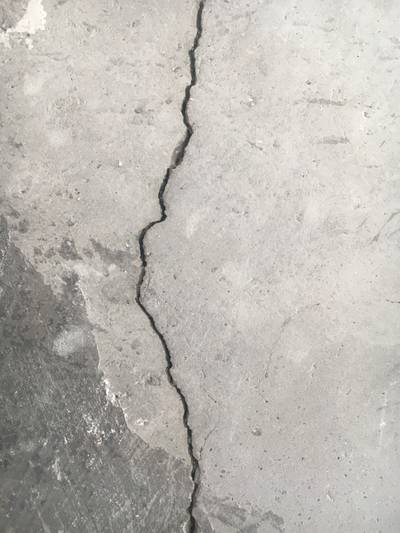
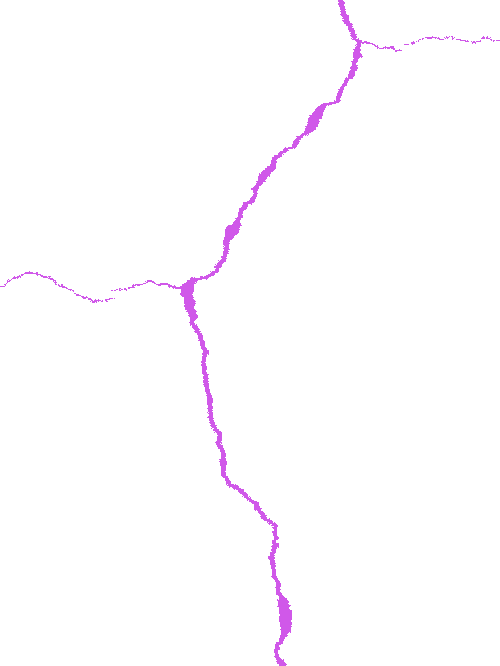
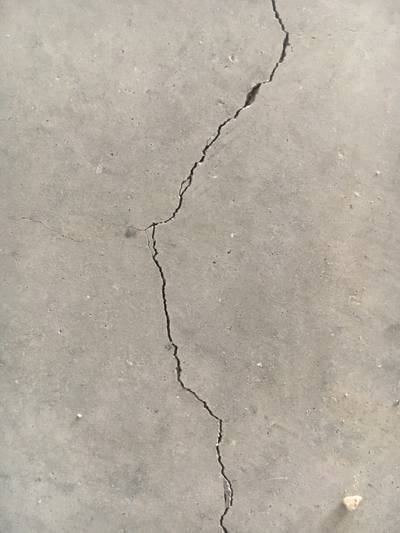
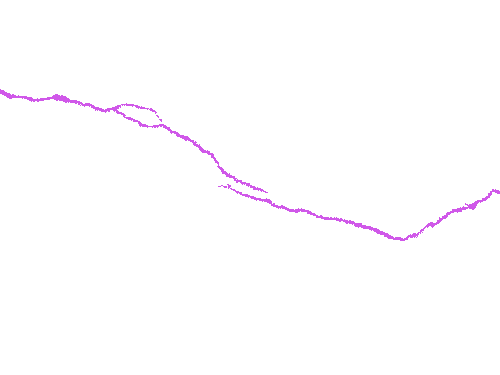
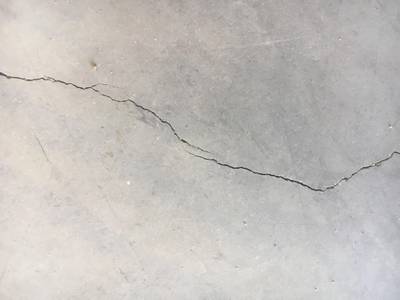
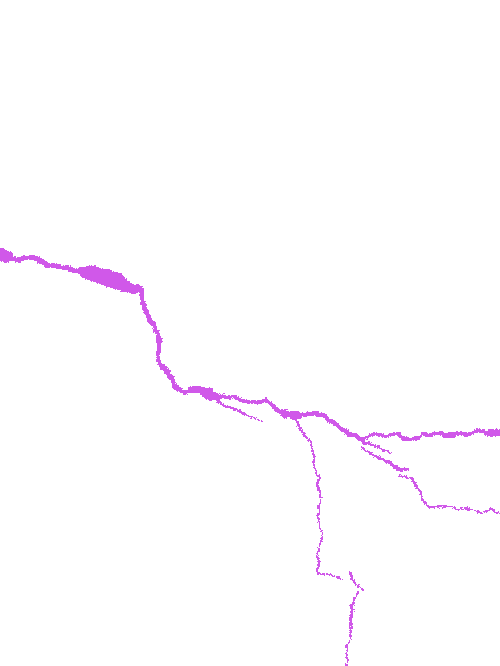
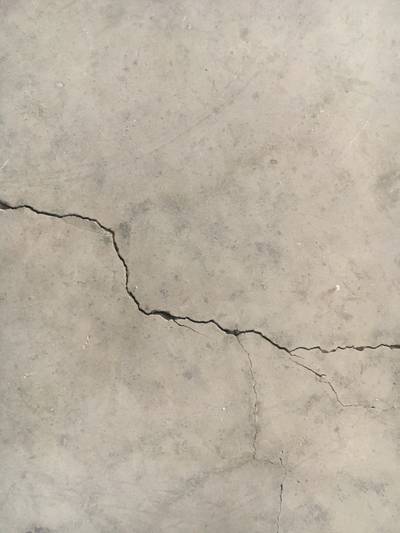
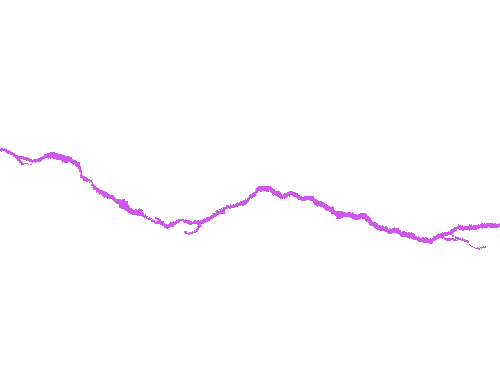
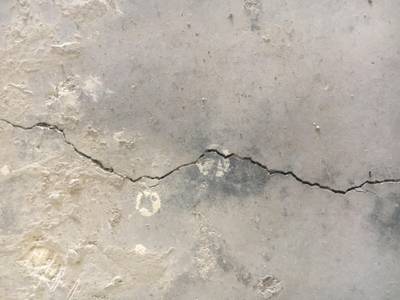
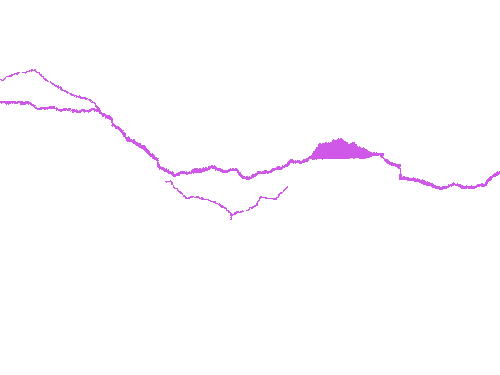
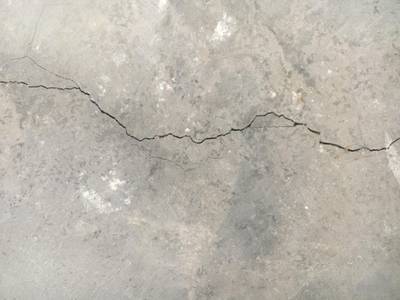
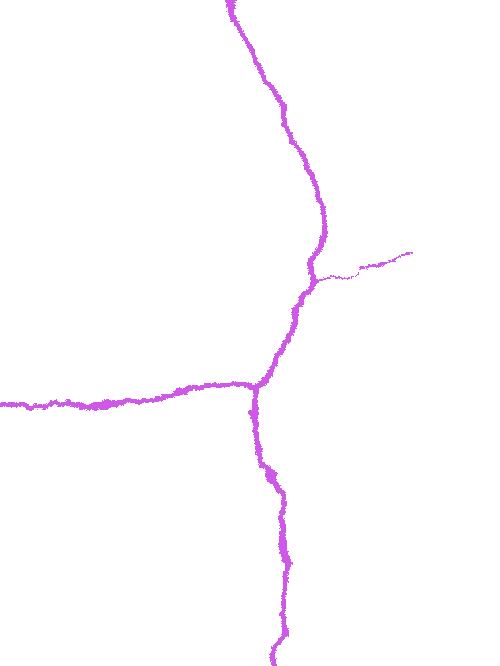
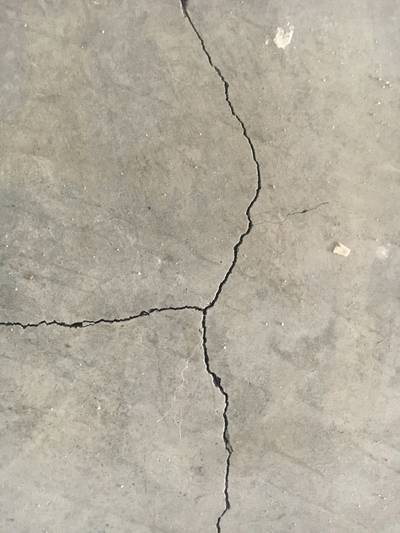
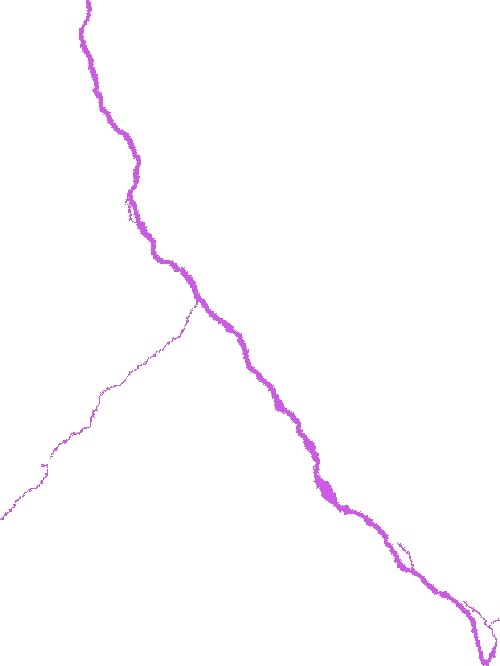
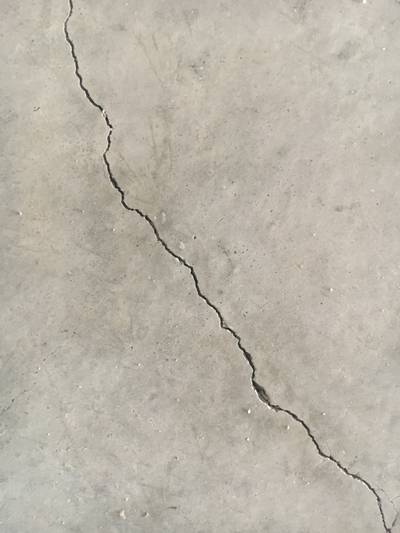
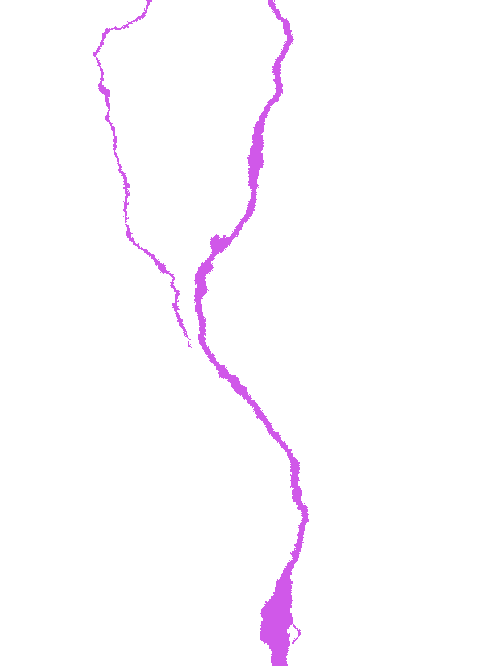
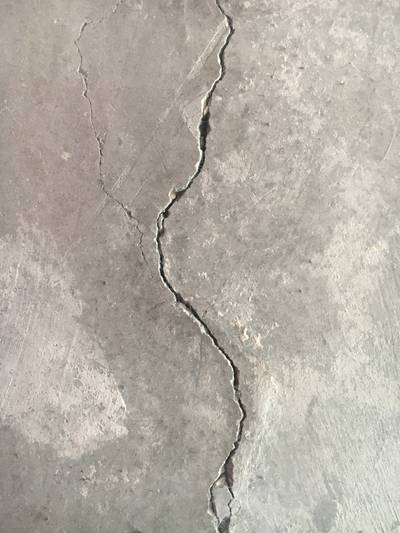
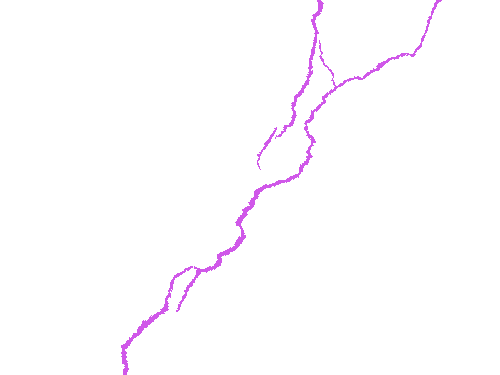
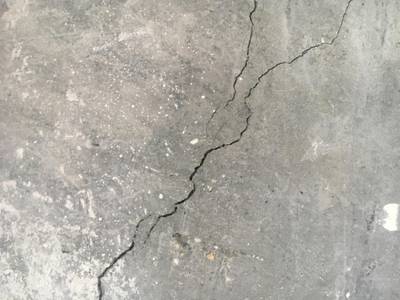
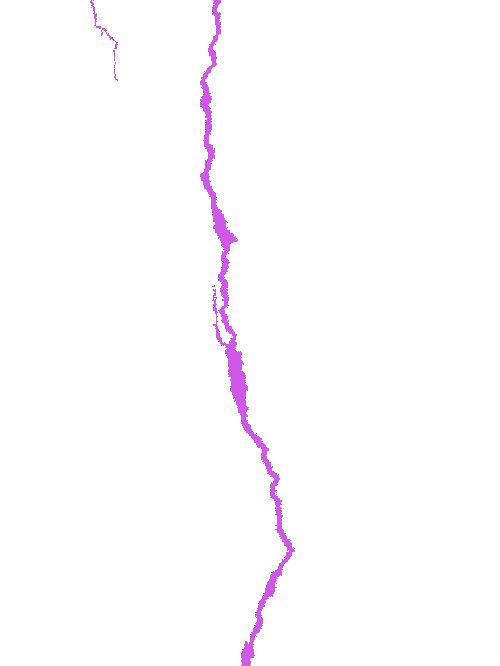
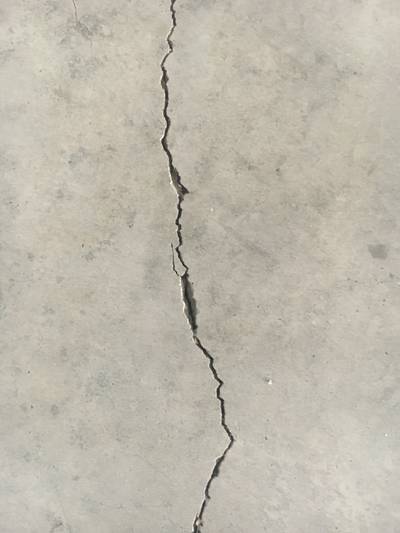
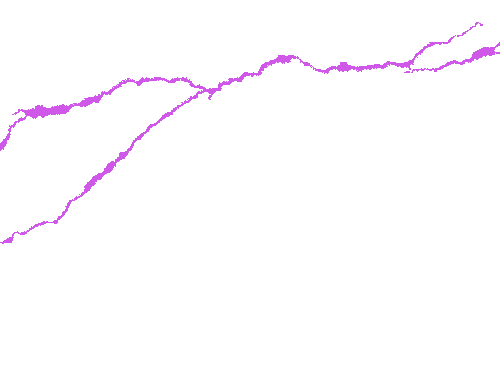
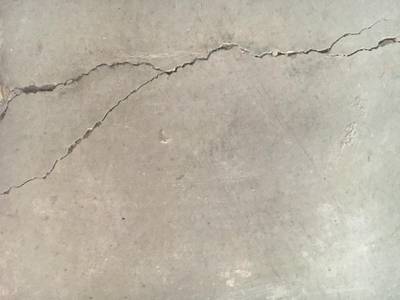
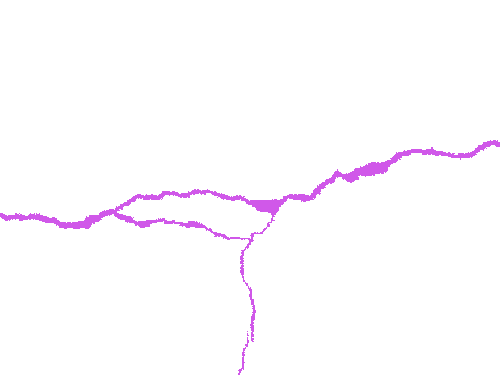
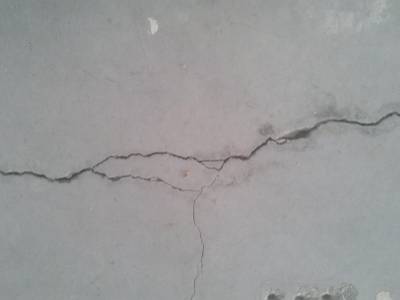
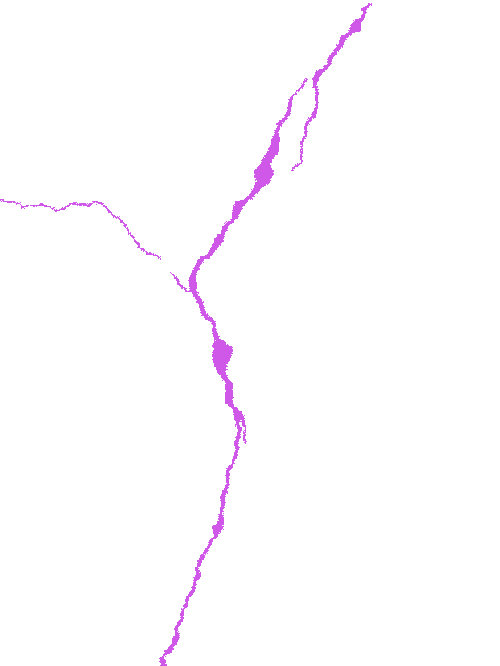
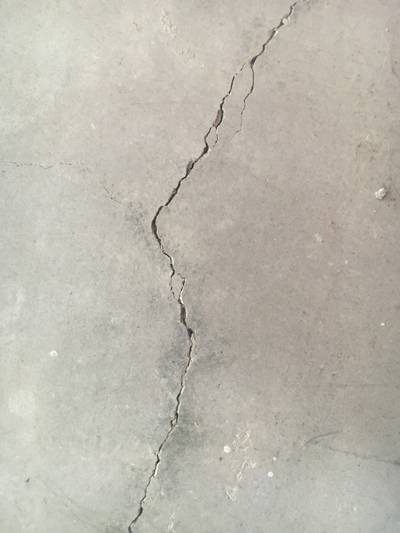
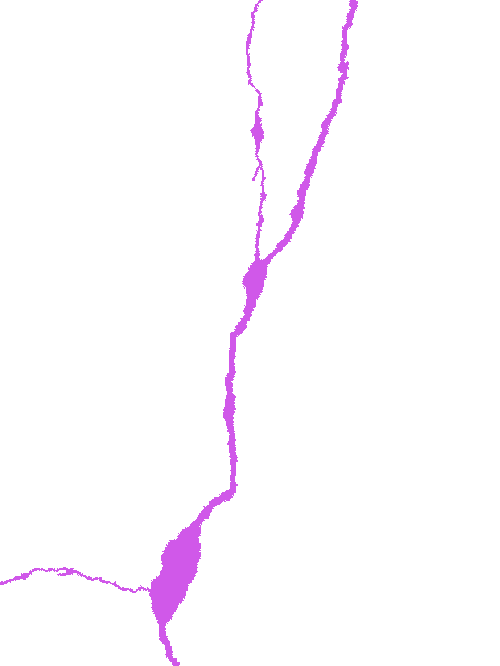
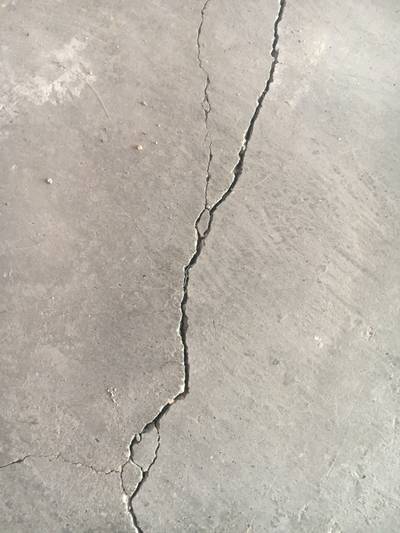
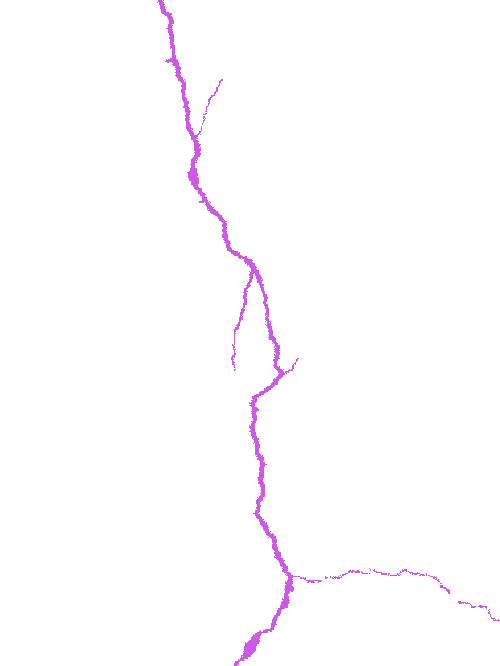
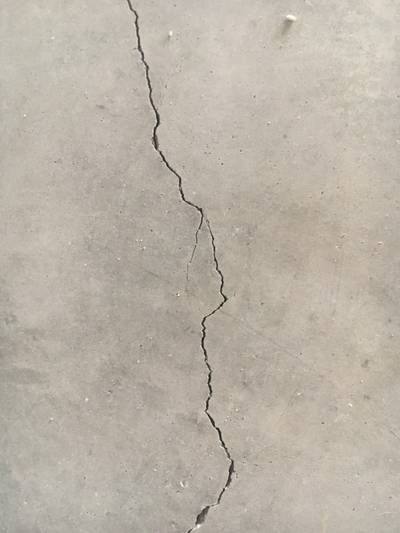
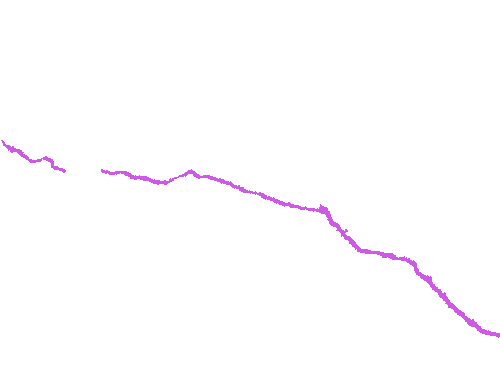
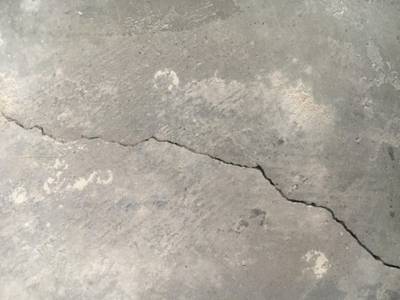
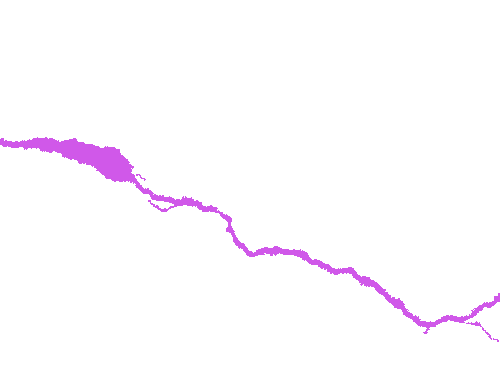
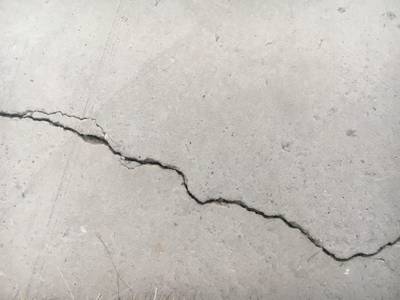
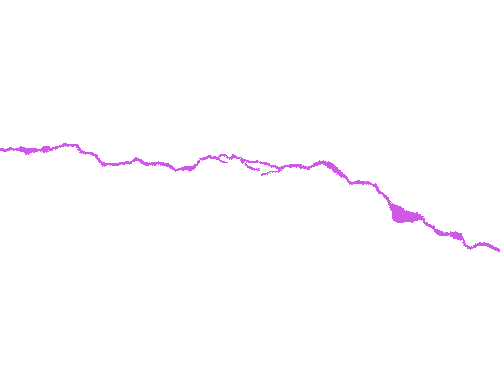
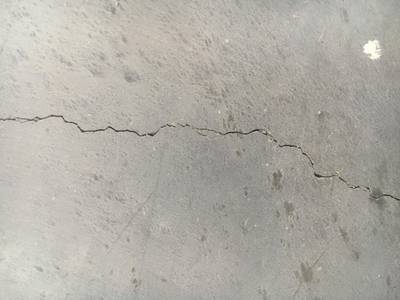
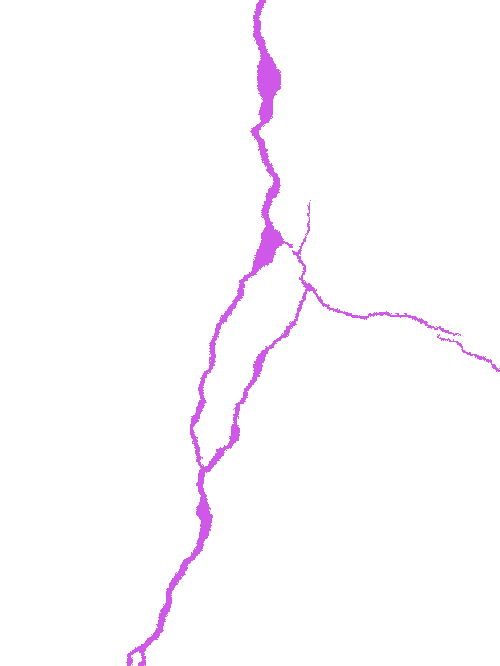
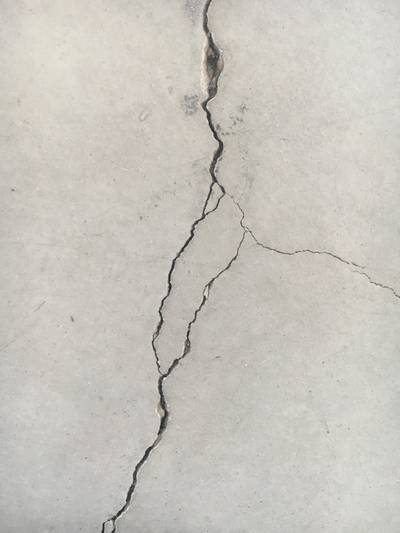
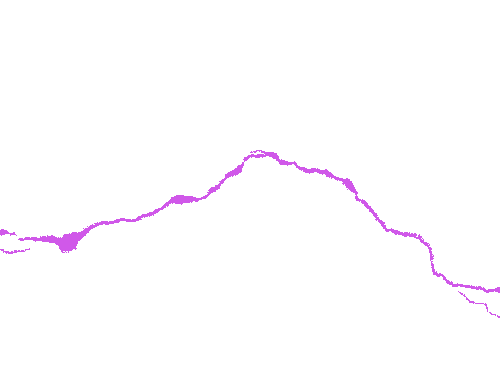
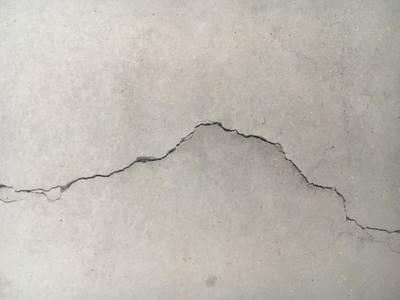
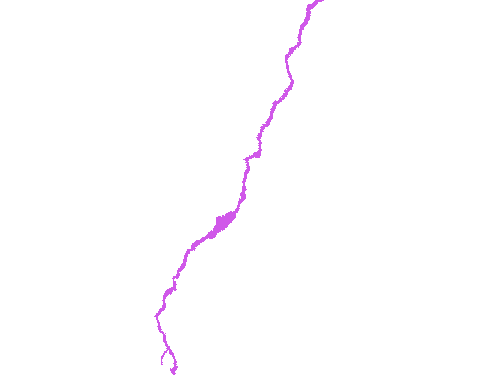
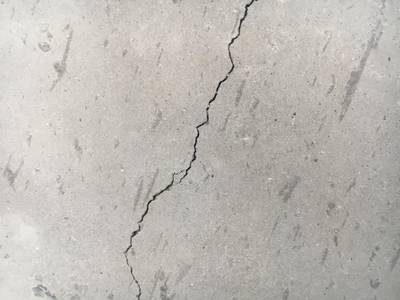
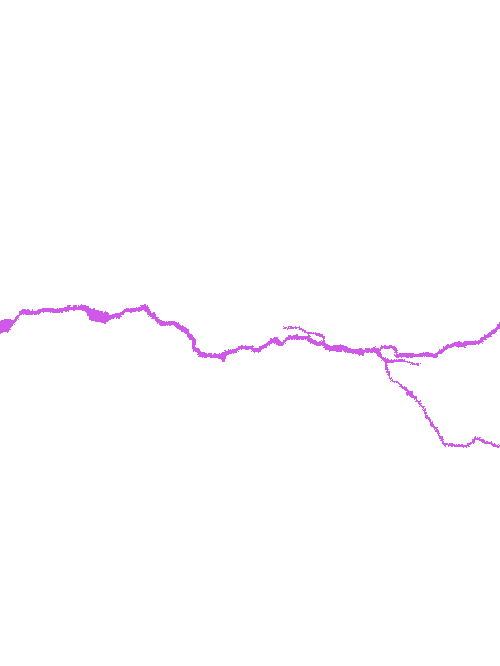
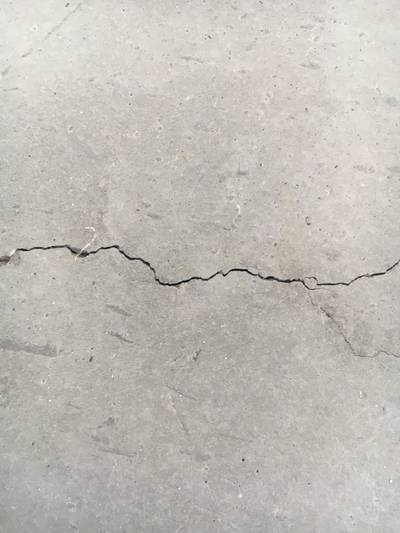
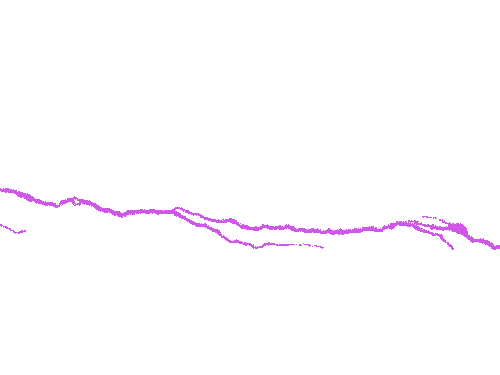
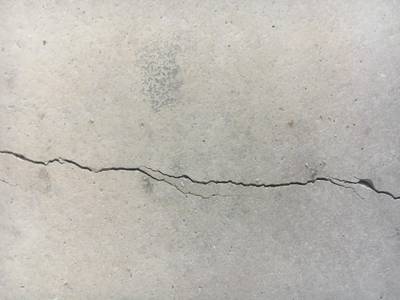
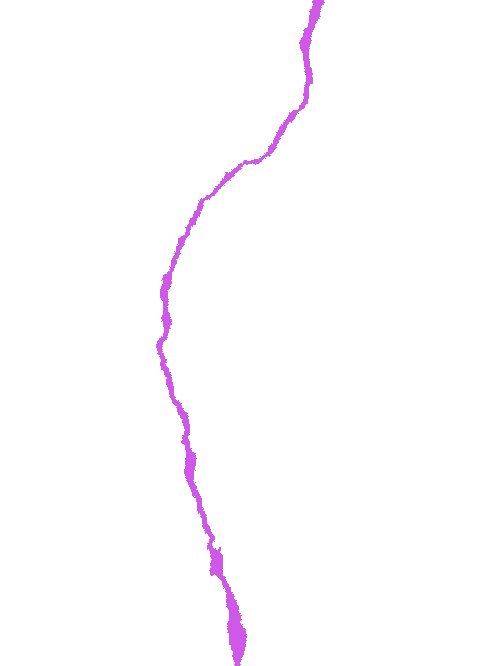
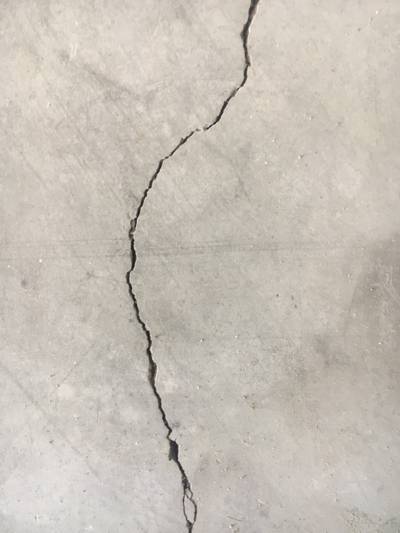
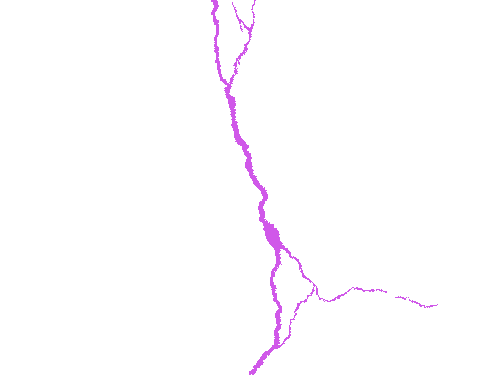
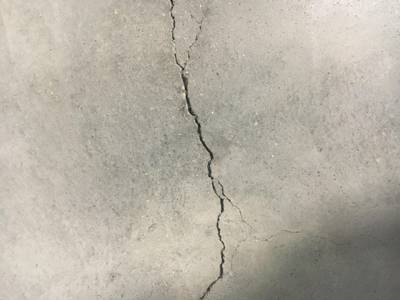
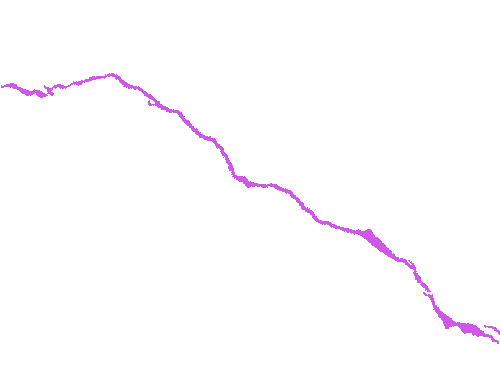

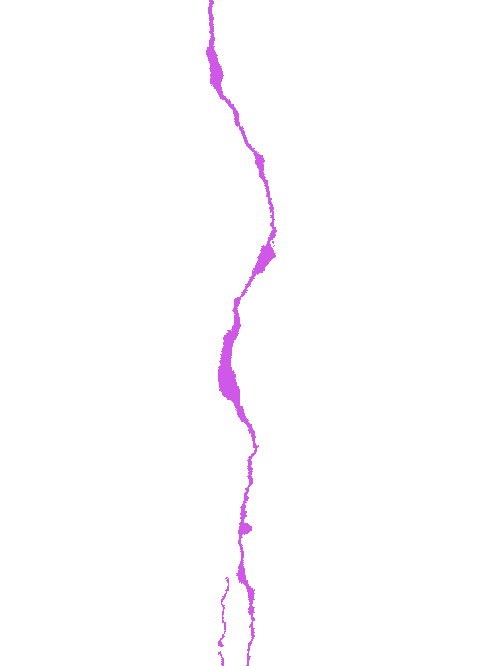
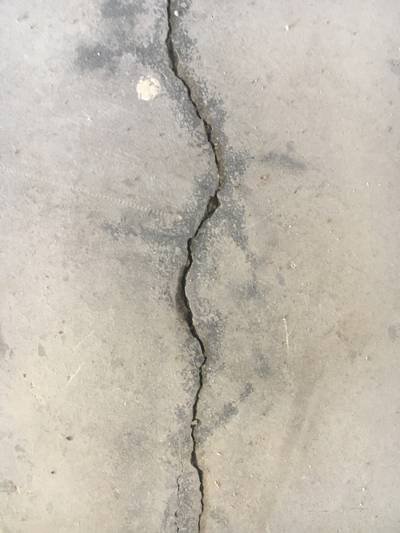
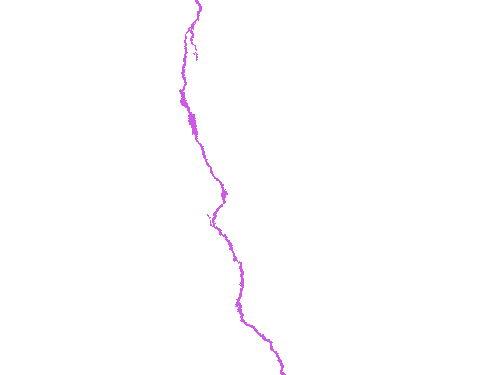
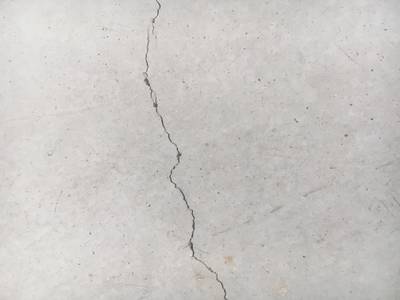
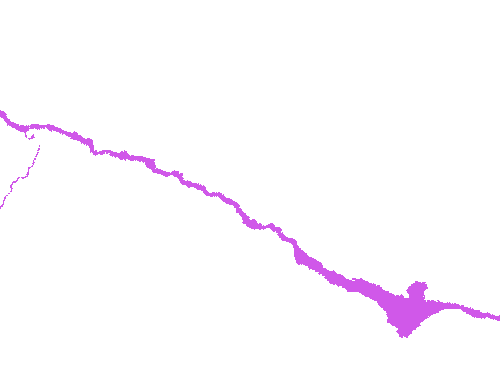
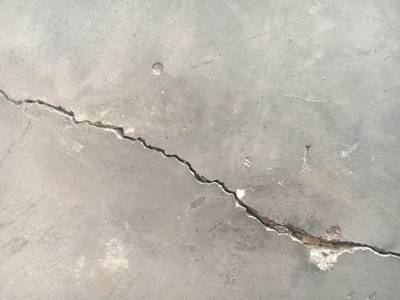
Class balance #
There are 1 annotation classes in the dataset. Find the general statistics and balances for every class in the table below. Click any row to preview images that have labels of the selected class. Sort by column to find the most rare or prevalent classes.
Class ㅤ | Images ㅤ | Objects ㅤ | Count on image average | Area on image average |
|---|---|---|---|---|
crack➔ mask | 458 | 1010 | 2.21 | 1.62% |
Images #
Explore every single image in the dataset with respect to the number of annotations of each class it has. Click a row to preview selected image. Sort by any column to find anomalies and edge cases. Use horizontal scroll if the table has many columns for a large number of classes in the dataset.
Object distribution #
Interactive heatmap chart for every class with object distribution shows how many images are in the dataset with a certain number of objects of a specific class. Users can click cell and see the list of all corresponding images.
Class sizes #
The table below gives various size properties of objects for every class. Click a row to see the image with annotations of the selected class. Sort columns to find classes with the smallest or largest objects or understand the size differences between classes.
Class | Object count | Avg area | Max area | Min area | Min height | Min height | Max height | Max height | Avg height | Avg height | Min width | Min width | Max width | Max width |
|---|---|---|---|---|---|---|---|---|---|---|---|---|---|---|
crack mask | 1010 | 0.73% | 8.81% | 0% | 16px | 0.53% | 4032px | 100% | 1275px | 36.65% | 16px | 0.53% | 4032px | 100% |
Spatial Heatmap #
The heatmaps below give the spatial distributions of all objects for every class. These visualizations provide insights into the most probable and rare object locations on the image. It helps analyze objects' placements in a dataset.

Objects #
Table contains all 1010 objects. Click a row to preview an image with annotations, and use search or pagination to navigate. Sort columns to find outliers in the dataset.
Object ID ㅤ | Class ㅤ | Image name click row to open | Image size height x width | Height ㅤ | Height ㅤ | Width ㅤ | Width ㅤ | Area ㅤ |
|---|---|---|---|---|---|---|---|---|
1➔ | crack mask | 609.JPG | 4032 x 3024 | 3928px | 97.42% | 2256px | 74.6% | 1.28% |
2➔ | crack mask | 609.JPG | 4032 x 3024 | 160px | 3.97% | 80px | 2.65% | 0.01% |
3➔ | crack mask | 609.JPG | 4032 x 3024 | 672px | 16.67% | 296px | 9.79% | 0.12% |
4➔ | crack mask | 468.JPG | 4032 x 3024 | 1616px | 40.08% | 1912px | 63.23% | 0.94% |
5➔ | crack mask | 468.JPG | 4032 x 3024 | 1360px | 33.73% | 2112px | 69.84% | 1.42% |
6➔ | crack mask | 460.JPG | 4032 x 3024 | 4032px | 100% | 1008px | 33.33% | 1.59% |
7➔ | crack mask | 133.jpg | 3024 x 4032 | 3024px | 100% | 1416px | 35.12% | 1.48% |
8➔ | crack mask | 133.jpg | 3024 x 4032 | 96px | 3.17% | 349px | 8.66% | 0.03% |
9➔ | crack mask | 112.jpg | 3024 x 4032 | 544px | 17.99% | 3488px | 86.51% | 1.1% |
10➔ | crack mask | 112.jpg | 3024 x 4032 | 184px | 6.08% | 816px | 20.24% | 0.2% |
License #
Citation #
If you make use of the Concrete Crack Segmentation data, please cite the following reference:
Özgenel, Çağlar Fırat (2019),
“Concrete Crack Segmentation Dataset”,
Mendeley Data, V1,
doi: 10.17632/jwsn7tfbrp.1
If you are happy with Dataset Ninja and use provided visualizations and tools in your work, please cite us:
@misc{ visualization-tools-for-concrete-crack-segmentation-dataset-dataset,
title = { Visualization Tools for Concrete Crack Segmentation Dataset },
type = { Computer Vision Tools },
author = { Dataset Ninja },
howpublished = { \url{ https://datasetninja.com/concrete-crack-segmentation-dataset } },
url = { https://datasetninja.com/concrete-crack-segmentation-dataset },
journal = { Dataset Ninja },
publisher = { Dataset Ninja },
year = { 2025 },
month = { nov },
note = { visited on 2025-11-16 },
}Download #
Dataset Concrete Crack Segmentation can be downloaded in Supervisely format:
As an alternative, it can be downloaded with dataset-tools package:
pip install --upgrade dataset-tools
… using following python code:
import dataset_tools as dtools
dtools.download(dataset='Concrete Crack Segmentation', dst_dir='~/dataset-ninja/')
Make sure not to overlook the python code example available on the Supervisely Developer Portal. It will give you a clear idea of how to effortlessly work with the downloaded dataset.
The data in original format can be downloaded here.
Disclaimer #
Our gal from the legal dep told us we need to post this:
Dataset Ninja provides visualizations and statistics for some datasets that can be found online and can be downloaded by general audience. Dataset Ninja is not a dataset hosting platform and can only be used for informational purposes. The platform does not claim any rights for the original content, including images, videos, annotations and descriptions. Joint publishing is prohibited.
You take full responsibility when you use datasets presented at Dataset Ninja, as well as other information, including visualizations and statistics we provide. You are in charge of compliance with any dataset license and all other permissions. You are required to navigate datasets homepage and make sure that you can use it. In case of any questions, get in touch with us at hello@datasetninja.com.


